NASA detects hydrogen from the sea which sleeps under the ice of Saturn's satellite "Encelados", the conditions of life organism survival match

NASA's satellite "EnceladosWe discovered that hydrogen is spurting from the ocean. The abundant hydrogen was confirmed, which means that all the conditions for survival of primitive living things have been received. By this discovery, it seems that astronomers' interest will shift to whether or not extraterrestrial life forms survive in Enceladus in the solar system in the future.
NASA Missions Provide New Insights into 'Ocean Worlds' | NASA
https://www.nasa.gov/press-release/nasa-missions-provide-new-insights-into-ocean-worlds-in-our-solar-system
NASA made it clear that hydrogen is present in Saturn's satellite Enceladus. This research result will be published on 14th April 2017 in Science Journal Science.
According to NASA, CASSINI, a prospecting machine, detected hydrogen molecules that spew from the surface of Enceladus. Encelados is a satellite about 500 kilometers in diameter circling Saturn, the surface is covered with ice, but it is known that the sea exists under the ice and there is thermal activity. Carbon dioxide, methane, etc. have been detected from Encelados so far, and with the addition of hydrogen, the conditions necessary for the survival of primitive life forms have been completed, and the expectation of discovery of extraterrestrial life forms has risen at a stretch I will.
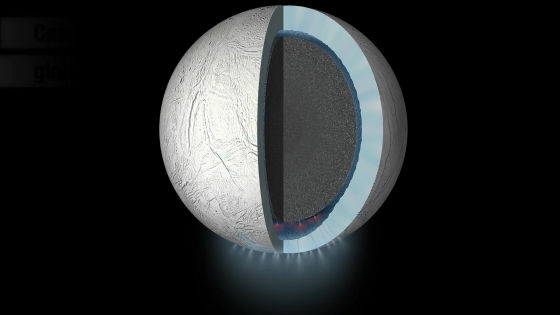
Hunter Waite, coauthor of the paper, explains in the following movie about the possibility that extraterrestrials will survive in Enceladus as hydrogen is detected.
NASA: Ingredients for Life at Saturn's Moon Enceladus - YouTube
On October 28, 2015 the caster Cassini jumped into the plasma drifting around Enceladus.

Succeeded to detect hydrogen gas using equipment called Ion and Neutral Mass Spectrometer (INMS). I found hydrogen in Enceladus.
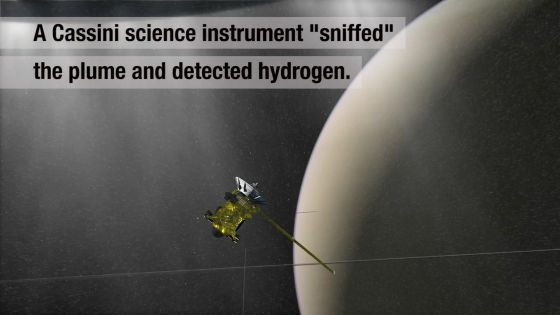
So why is hydrogen detection important?

"The existence of hydrogen molecules is also important for life forms in the ocean systems of the Earth", Mr. Waite said.
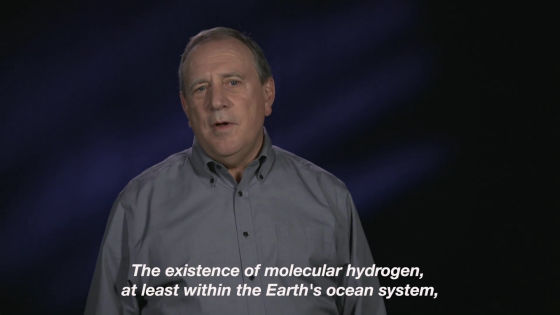
Microorganisms, which are primitive life forms, live by incorporating hydrogen and carbon dioxide in the sea into the body, synthesizing them and using it as an energy source.
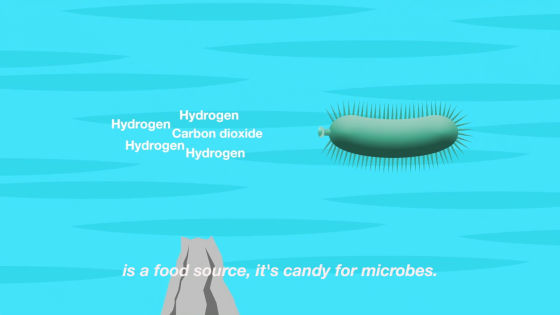
For primitive organisms, hydrogen is a necessary substance for life activities.

Cassini discovers that there is a "sea" containing salt under the layer of ice on the surface of Enceladus. And we are also finding out that there is a heat source in the sea of Enceladus.
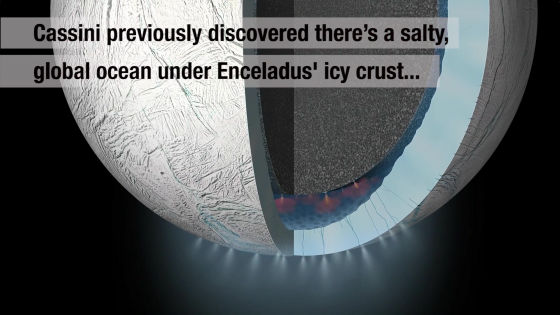
Deep sea of the earthHydrothermal ventRock rocks containing hydrogen are confirmed.
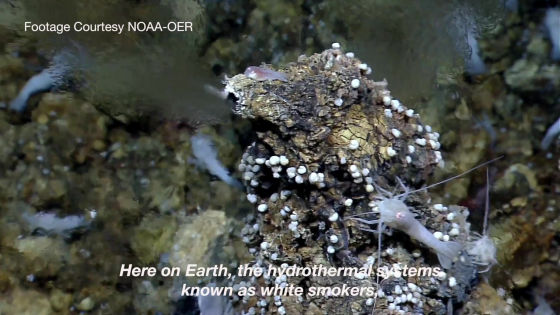
For survival of life forms, elements such as "water", "heat source" and "appropriate chemical substance" are necessary.
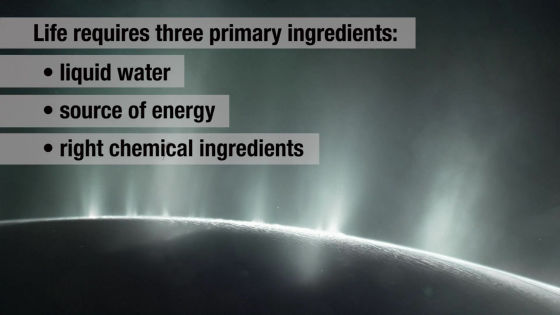
"In the ocean under the ice of Enceladus you will have all the elements that can survive life forms"
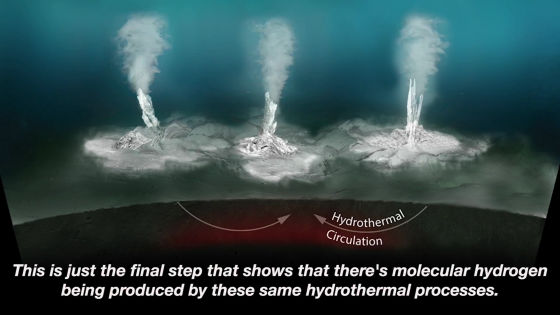
"Although the living organisms have not been confirmed yet, the possibility that living organisms exist in the sea of Enceladus has been touched."
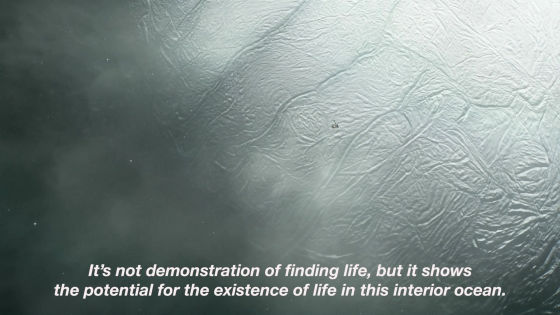
Cassini confirmed the presence of enough hydrogen in Enceladus to nurture life forms, but Cassini is not designed to detect signs of life forms. From now on, it is likely that the focus of research will shift to exploring whether extraterrestrial life forms exist by performing long-term observations using satellites.
Related Posts:







